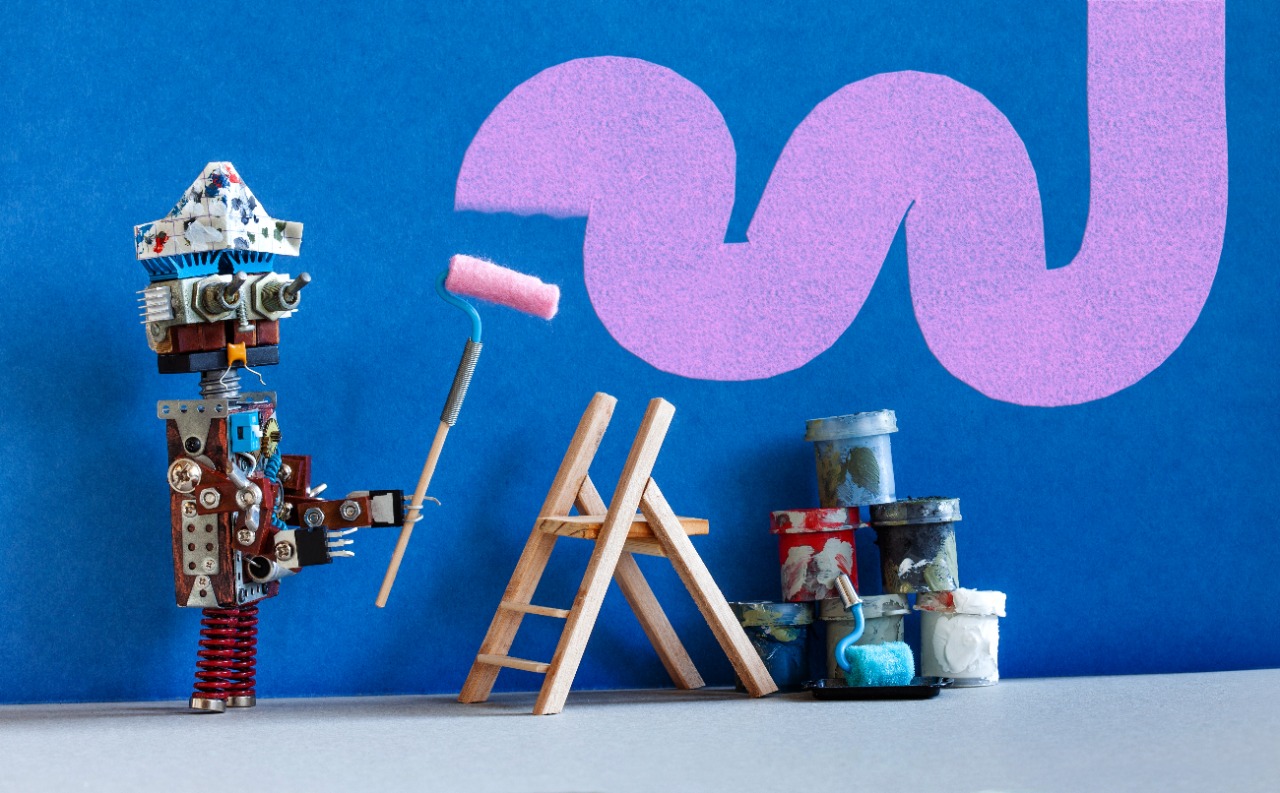
House Painting Tips You Cannot Miss
It looks simple enough. Dip a paintbrush into a can of
paint and begin painting your wall. However, as anyone who has attempted
interior painting on their own can attest, it is not as simple as it appears.
This article will come in handy if you've decided to
tackle the mammoth task of painting your own home. If you have this knowledge,
you won't have to go back and fix a substandard paint job. Instead, you'll know
if your paint job is on target right from the beginning by knowing these home
painting tips.
1. Choosing
High-Quality Paint
First and foremost, don't try to save money with the
paint. When painting the interior of your home, choose high-quality paint.
You should think about what kind of paint you want to
use in each area of your house. Gloss, semi-gloss, or matt finishes are all
options.
Use paints with low volatile organic compounds (VOCs)
and low odor to protect yourself and your family.
2. Using
the Right Brushes, Rollers, and Painter's Tapes
If you're spending a lot of money on quality paint, you
don't want to skimp on the application process.
To avoid wasting time and paint, choose high-quality
brushes and roller coverings that provide great coverage. When it comes to
preventing drips and smudges, high-end painter's tape is the real deal.
3. Protecting
Furniture and Floor
Once you've decided on the paint color, you should take
precautions to protect your furniture and floor against stains. You can use dust coverings or even newspapers
to cover the furniture.
In the same way, your windows and doors need to be
protected from any accidental spills or stains. Covering the flooring is
adequate if the house is brand new.
4. Plastering
Walls
An uneven surface is found on even the most perfectly
crafted walls. In new homes, the secret is a coating of plaster to smooth out
the walls. Known in India as plastering, specialists utilize POP to fill up
drywall gaps and cracks with a smooth, even finish.
In the event that
you're only repainting a wall, you may skip this step and concentrate on
peeling the paint off instead.
5. Using
a Primer
Have you ever wondered what a primer does? Well, it
acts as a foundation, preventing your drywall from absorbing more paint like a
sponge.
Additionally, it serves as an adhesive to help
guarantee that the paint adheres to the wall and improves its longevity.
With a decent budget, you should be able to apply two
coats of primer to the surface.
6. Boxing
the Paint
Ask the paint salesperson for a fair estimate of how
much paint you'll truly need so you can buy it all at once. Then, rather than
using one gallon at a time, fill all of the paint into one huge container and
thoroughly mix it.
This is called 'boxing' your paint, and it ensures that
your color is constant from start to finish.
7. Working
in Dry Weather
Avoid painting on a rainy day to avoid dripping and
sluggish drying.
Take your time if you have to paint in the humidity.
And use slow-drying paint to rectify your mistakes before going on to the next
layer of paint. But be careful not to overwork yourself, since it will show
when you're done.
8. Final
Thoughts
Is the idea of doing things yourself appealing to you?
You can transform your home into a work of art by painting it yourself. Using
these methods can help you attain a professional finish and lovely walls.
However, DIY may not be the greatest option if you have
a hectic schedule.
You may hire professionals
to ensure that your house painting project goes well. So go out there and give
life to those dull walls!



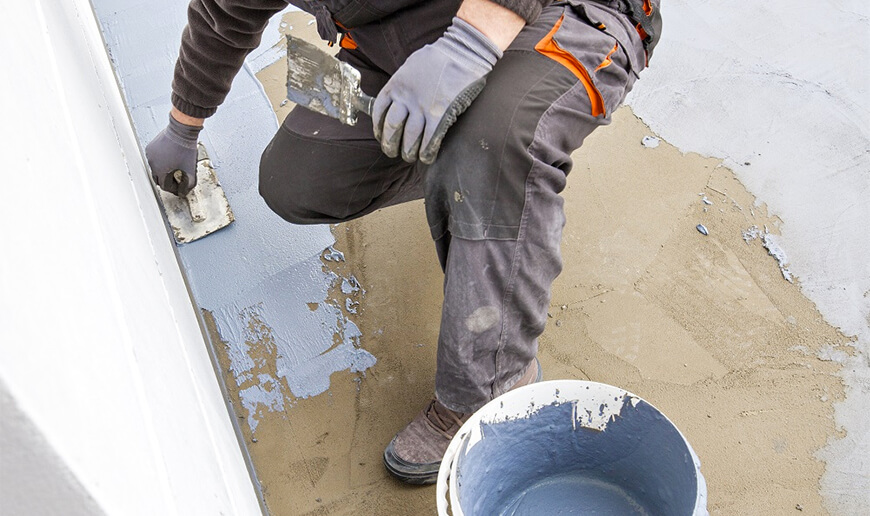

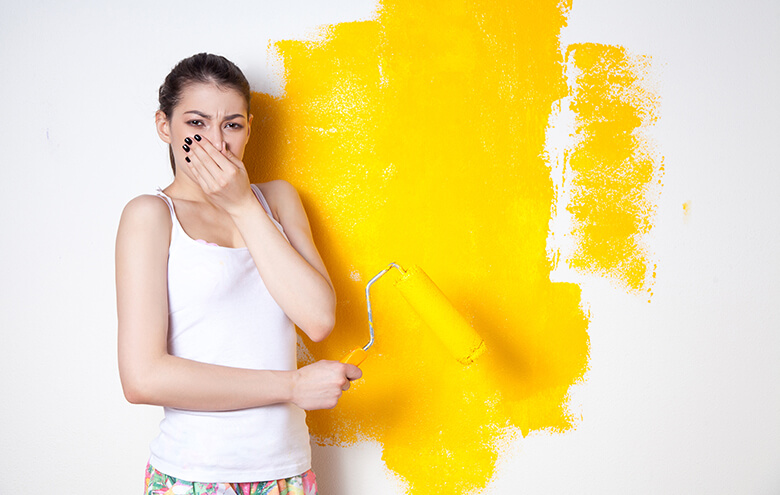
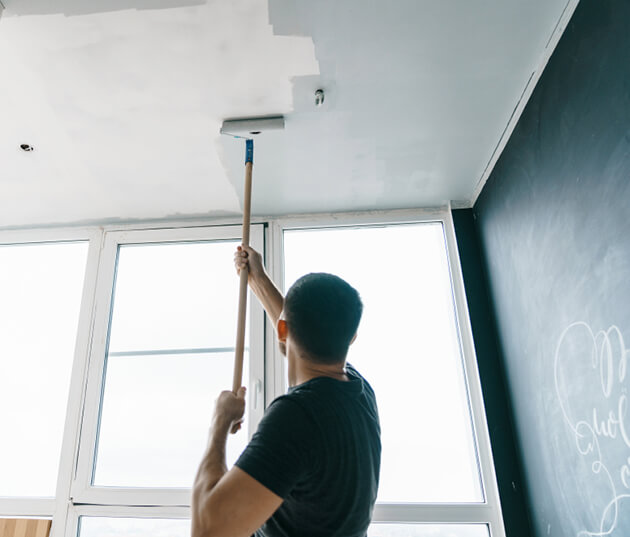
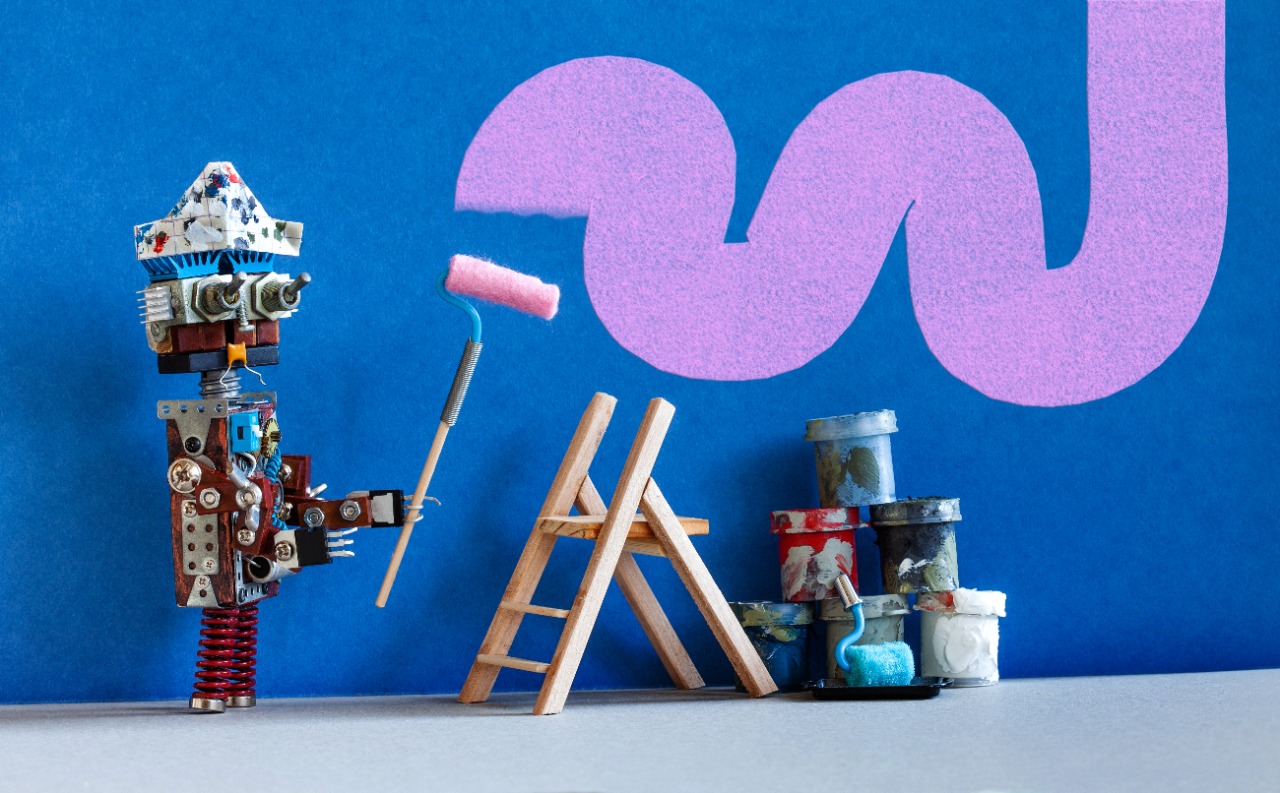
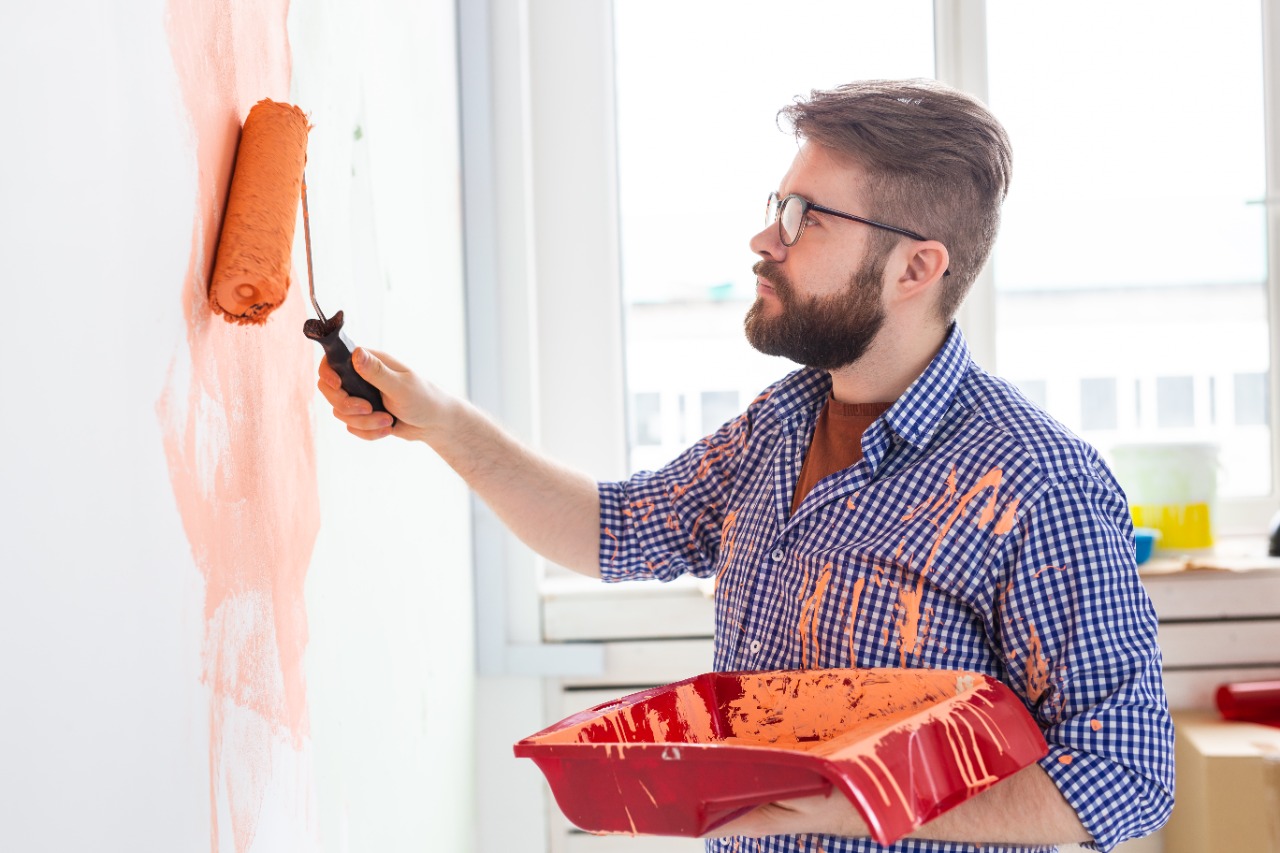
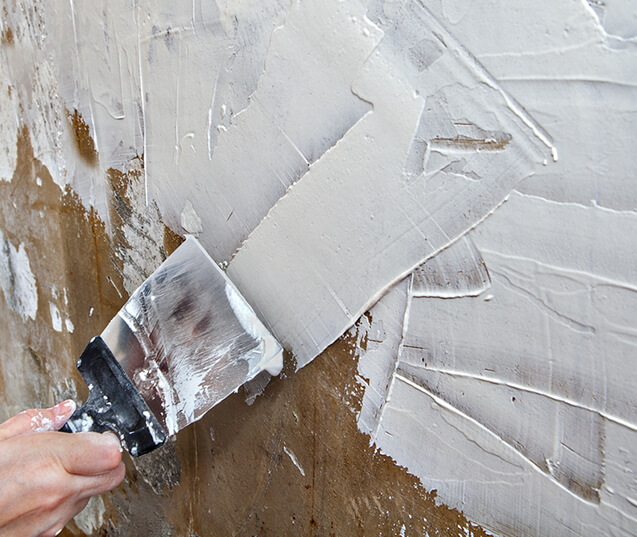
Newsletter
Subscribe to our newsletter and receive the latest inspiration and design advice, straight to your inbox.
Signin with your Registered Email
Signup here and find your Wishlist
You have successfully
updated your password.
preview
tell
space
mood
activity
vastu
sun sign
Please speak the color name*
a born
natural!